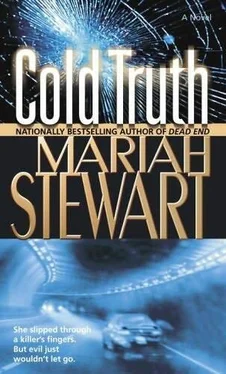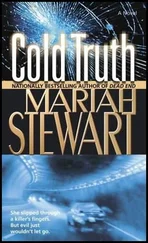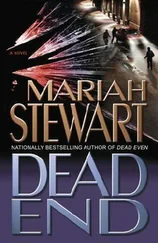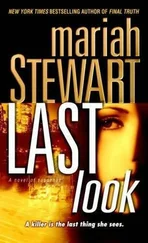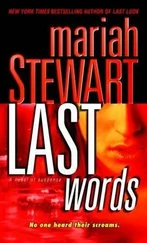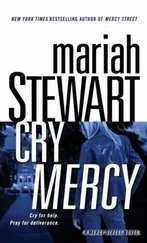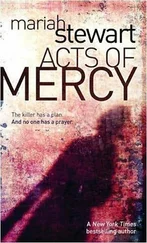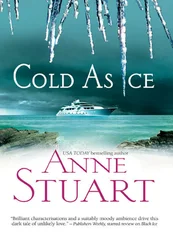He’d pulled a chair up to the desk and sat.
“What makes you certain that there is more than those few files?” he’d asked.
“It’s an intriguing story, and my father was a sucker for intrigue.”
“If he was so taken by what he had, why didn’t he pursue it at the time? And do you know for certain that he didn’t, and maybe abandoned it, came up dry?”
“One possibility is that he may have been engrossed in something else, maybe he was wrapping up a book or just starting one. He’d develop a bit of tunnel vision when he was working. Which only exacerbated his careless filing habits. He might have an idea that appealed to him, but if he was already into a project, he’d have put the idea aside for the time being. Then again, I don’t know that he didn’t pursue it beyond what I’ve found thus far. I suspect that there’s more, but I haven’t found it yet. And of course, there is the possibility that he did write it off as not being worth pursuing. I did explain all this to John Mancini. He thought you should take a look, given what’s going on in those little beach towns.”
She’d opened a file and turned it to him, then eased herself half out of her seat to reach across the desk.
“These are the letters I found. See the numbers in the corners?”
He’d glanced at the letters.
Hey, Landry, remember me? A seven inside a circle in the upper right-hand corner.
Hey, Landry, did you miss me? Numbered eleven.
“When my dad started to gather his notes to start putting a project-a potential project-together, he numbered the pages in the corner, just like this, to show the order in which he was going to present them in his first draft.”
“Maybe there were other things… photos, reports, something… that he would have put between these two.”
She’d shaken her head. “He would have kept the letters together, chronologically, and reports separate, though also in chronological order, numbered separately as well. If he hadn’t received any other letters, this one, the one with the seven in the corner, would have been numbered one. And the one numbered eleven would have a two in the corner. There were other letters. I’m certain of it. I just don’t know what he did with them.”
“Why wouldn’t he have kept them together?”
“Why can’t pigs fly?”
He’d stared at her.
“I just mean, that’s a question that has no answer. My best guess is that the other letters arrived when he was engrossed in something else and he stuck them in a file so they wouldn’t get lost before he could get back to them.”
“Then forgot where he put the files.”
She nodded. “That’s my daddy.”
“So how do you know where to start?”
“I’m going box by box.”
“That shouldn’t take too long.” He’d started counting boxes.
“There are more in the basement.”
“Oh.”
“And in the attic.”
“I see.”
“He also used one of the small outbuildings for storage.”
“I’m beginning to get the picture.”
She’d smiled again. “Good.”
She’d sorted through several other files, then handed him two sheets of paper. “These are the lists that got my attention. The first one is pretty much self-explanatory.”
“Victims attributed to the Bayside Strangler, June 1979-August 1979,” he’d read aloud, then scanned the list of names.
“Have you confirmed that these were, in fact, the 1979 victims of the Bayside Strangler?” he’d asked, looking up.
“I’ve confirmed the first four. That’s as far as I got.”
He’d reached for his briefcase, opened it, and taken out his laptop.
“We have several computers here,” she’d told him as he set his up on the corner of the desk. “You didn’t need to bring your own.”
“I can probably go places on this one that you can’t go on any of yours.” He’d smiled as he turned it on. “Let’s see what we can see.”
“Wireless?” she’d asked, and he’d nodded.
Then he’d lost himself in cyberspace for a little while.
He’d tuned back in about a half hour later, to look across the desk and find her chair empty.
He’d taken a small portable printer from the square case that sat at his feet and plugged it into a nearby wall outlet. As the page printed, he’d sensed her in the doorway.
“I made lunch,” she’d told him. “Nothing elaborate, but it’s almost two-thirty, and if you ate breakfast as early as I did today, you have to be at least as hungry as I am.”
“Thanks.” He’d glanced at his watch. “I had no idea how late it was.”
He’d gathered the two sheets of paper he’d printed and followed her to the kitchen, which was filled with afternoon sunlight. That had been almost an hour ago, and they were still seated at the table, their now-empty plates and soup bowls pushed to the side.
And he was still having trouble keeping his eyes from her face.
“All these names were in the FBI files?” she was asking.
“In files we have access to.”
“Of course.” A half smile teased one side of her mouth. She lowered her voice to an ominous tone. “We have our ways…”
Mitch laughed.
“So we know this is for real.” She placed that list aside and slid the second list to the center of the table. “What do you think about this one? What do you suppose it means?”
“Since it was with the Bayside Strangler list, I have to think the lists are related. Otherwise, as haphazard as your father was in his record keeping, wouldn’t they be in separate files if there was no connection?” He tapped on the first notation on the second sheet of paper. “Something happened in Pittsburgh in May of 1983 that caught your dad’s attention. And in February of 1986, in Charlotte. So we have to figure out what caught his eye on those dates.”
Regan frowned and stared at the list.
“He did keep some files-and again, I use that term very loosely-of newspaper clippings. Wide brown folders, you know what I mean?”
“The kind that have accordion sides, to expand?”
“Yes. Maybe if we look through those, one of these dates will jump out at us.”
“It’s worth a look, sure. Where are the files?”
“There are some in the office, in one of the filing cabinets. Let’s take our coffee with us. I’m curious now to see if there’s anything there.”
“Lead on.” He pushed the chair back from the kitchen table and stood. “Maybe we’ll find the key in one of them.”
They sat on the floor around a large round coffee table and went through first one file, then another. They were into their second hour of searching, when Mitch said, “Wasn’t there a Corona on that list?”
“Yes,” she said, and moved some papers aside to check the original list. “Here it is. August ’86. Corona.” She looked up at him. “I’m not sure I know where Corona is.”
“This clipping is from August 15, 1986. Dateline Corona, Alabama.” He skimmed the small clipping, then read aloud. “Police have confirmed that the body of the woman found in East Park on Saturday morning was that of thirty-one-year-old Andrea Long of Corona. Identification was made by James Long, the husband of the victim, who’d reported his wife missing Thursday night…”
“Does it say how she died?”
“She’d been strangled.”
“Raped?”
He read a little further.
“Yes.”
“There’s a coincidence,” she said with some sarcasm.
“I’ll bet your dad thought so.”
He took his cell phone from his pants pocket and dialed information for the number for the sheriff’s department in Corona, Alabama, but wasn’t at all surprised to find that no one on the weekend shift seemed to know anything about a 1986 murder. He left a message for someone to call him back, then snapped the phone shut.
Читать дальше
